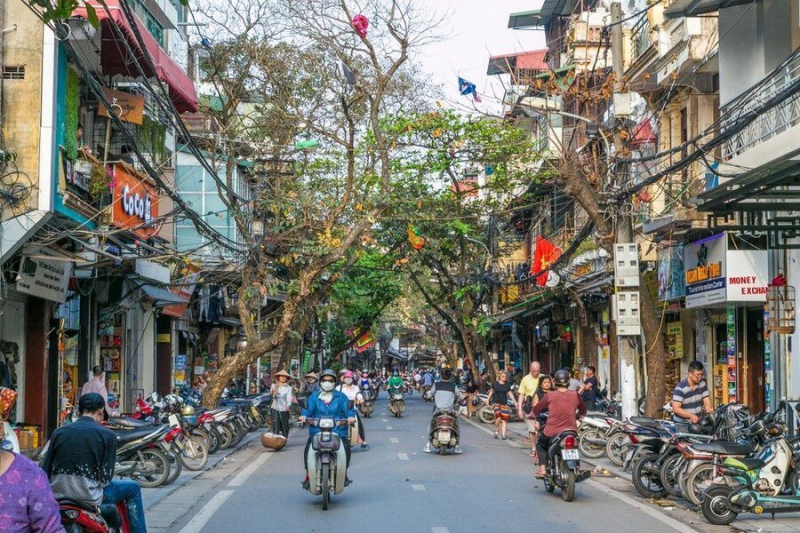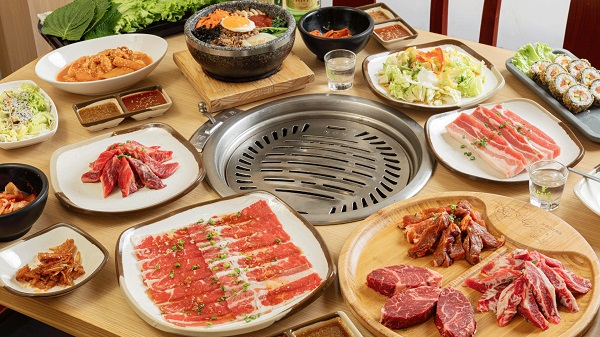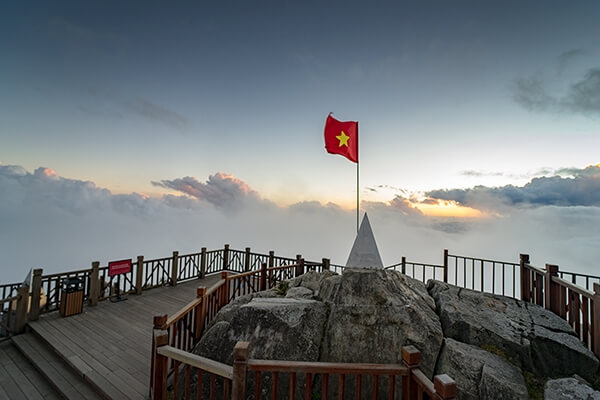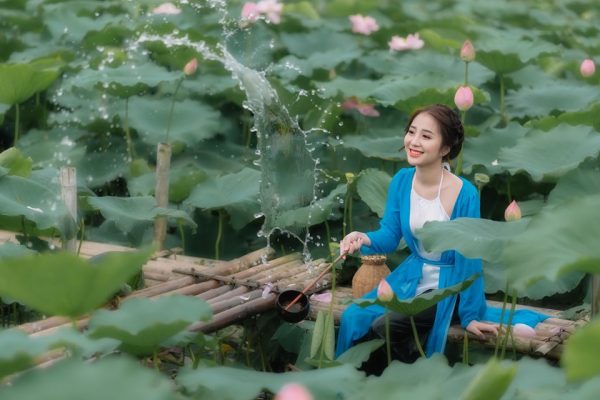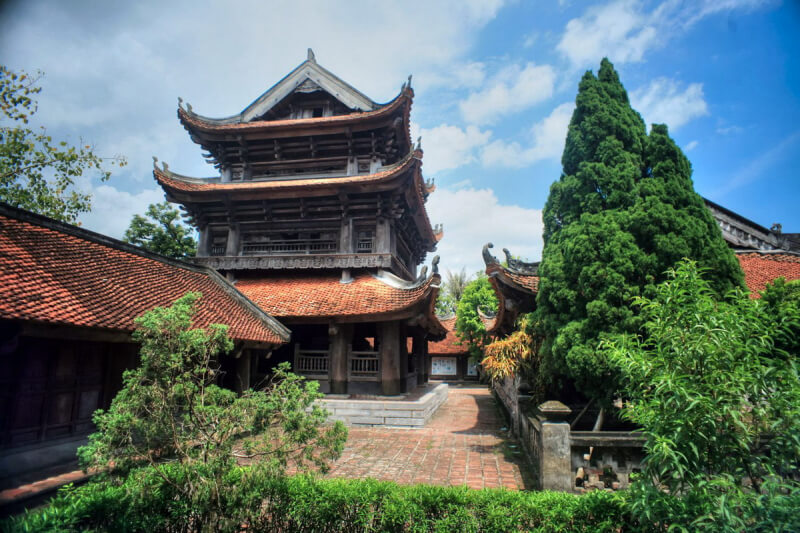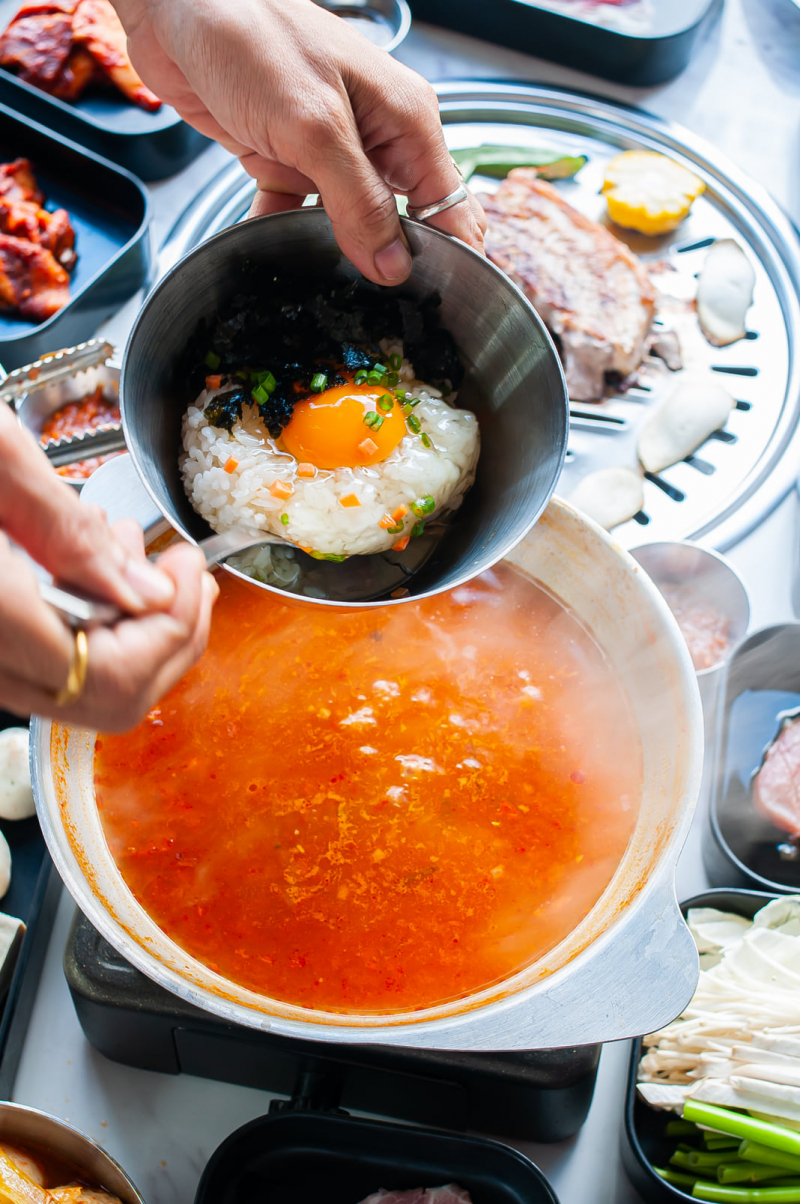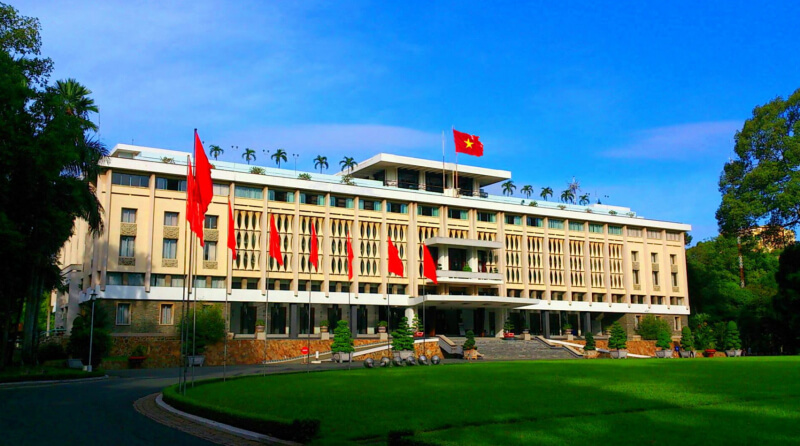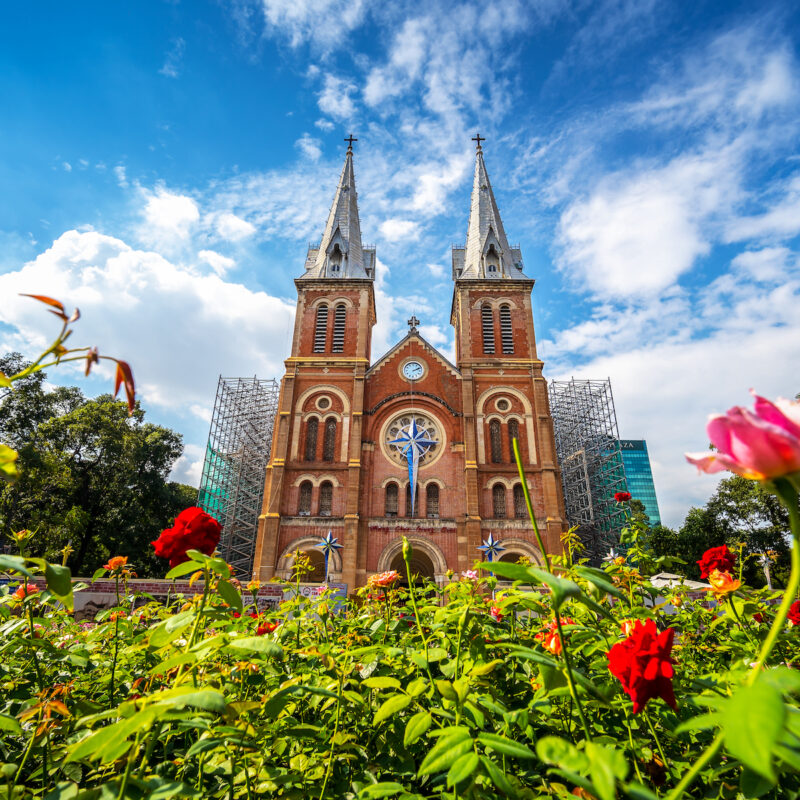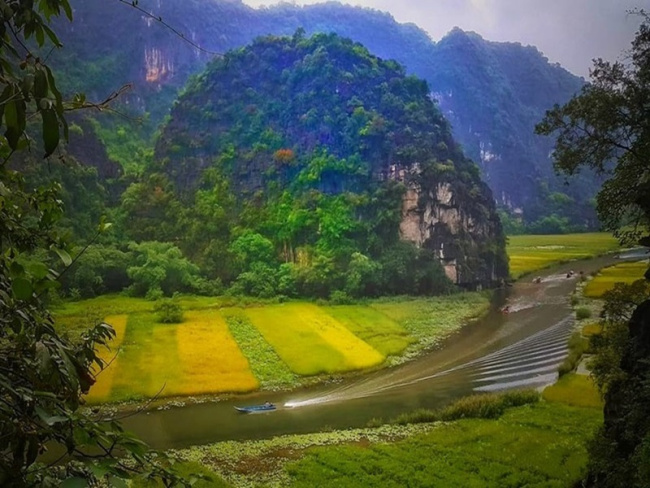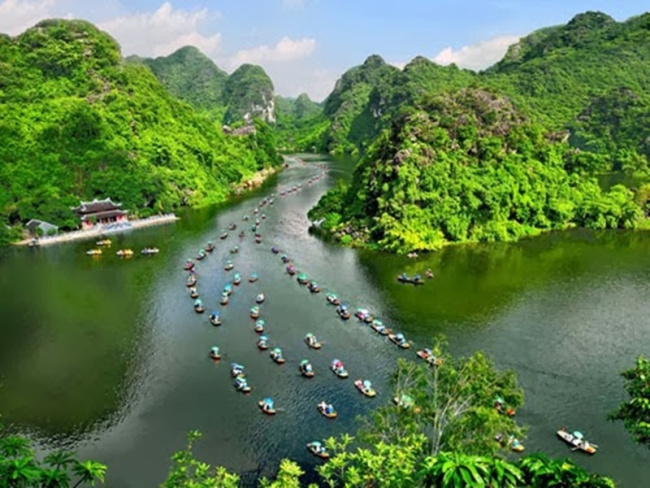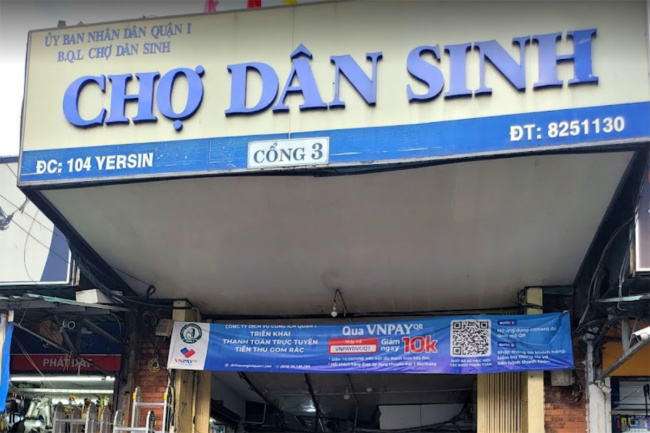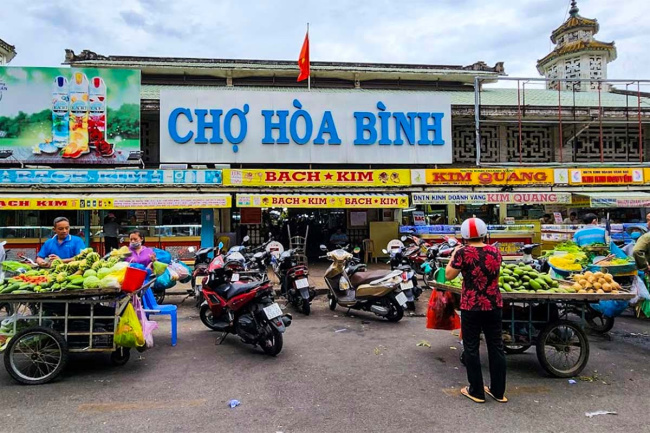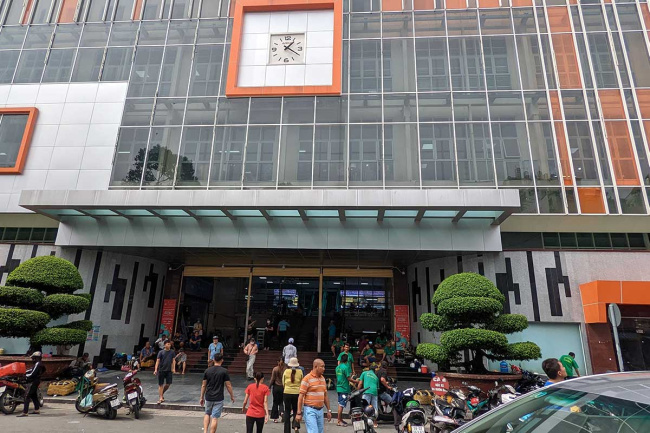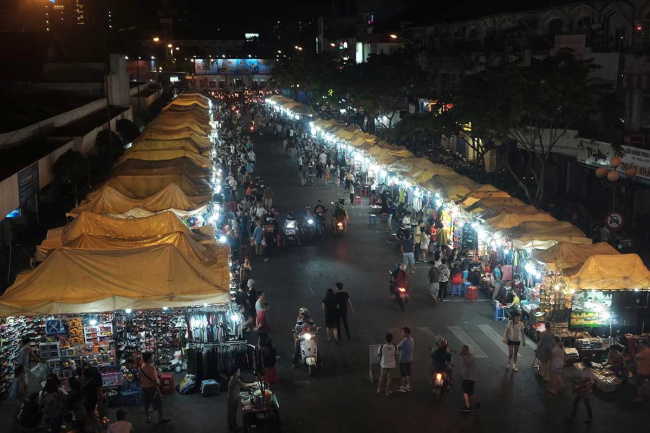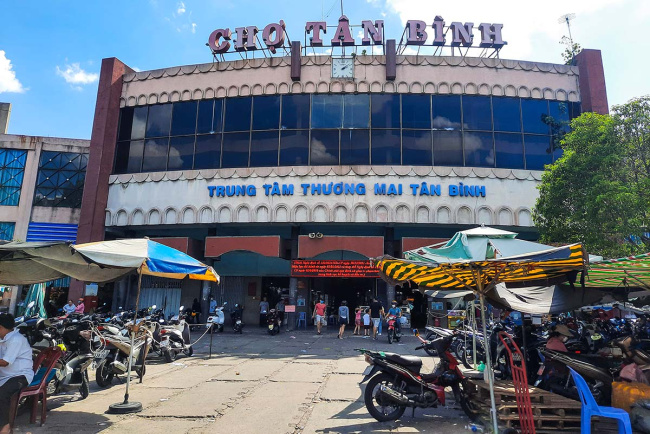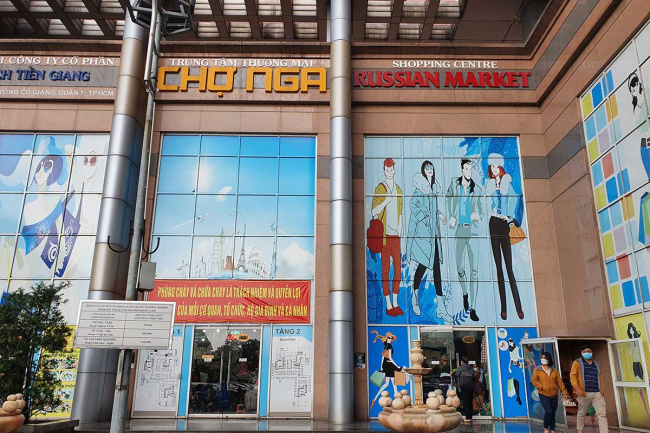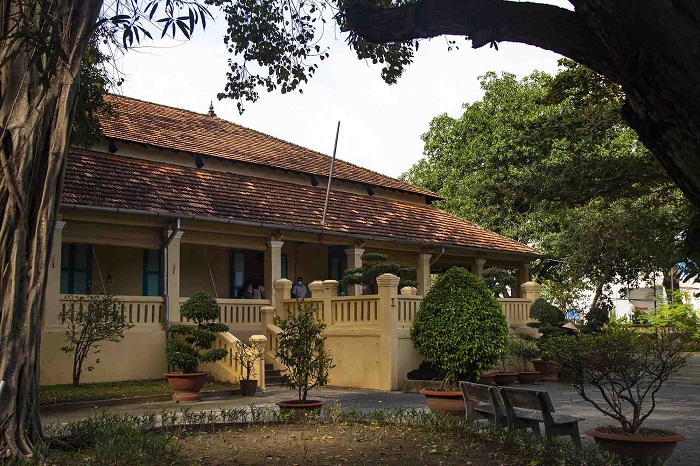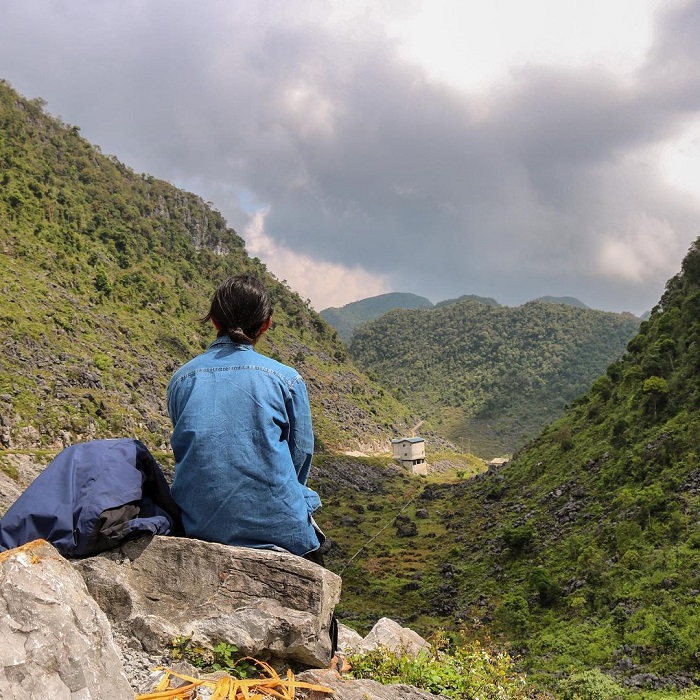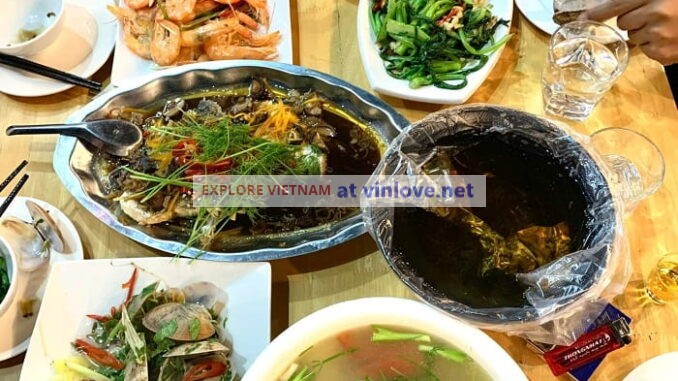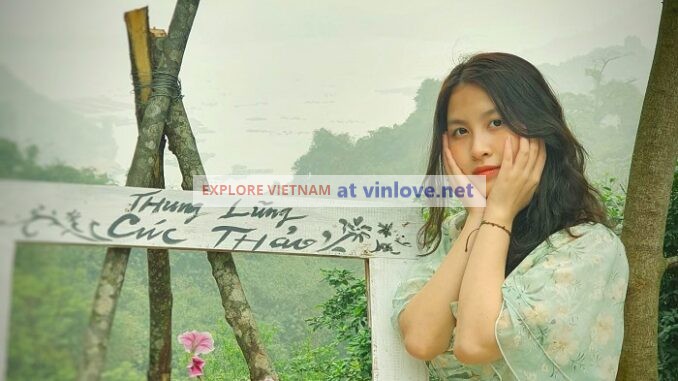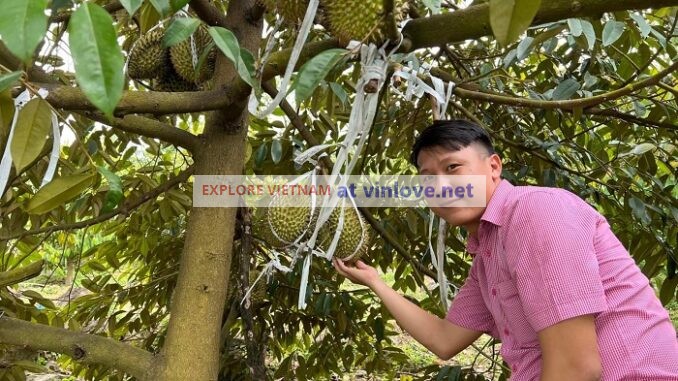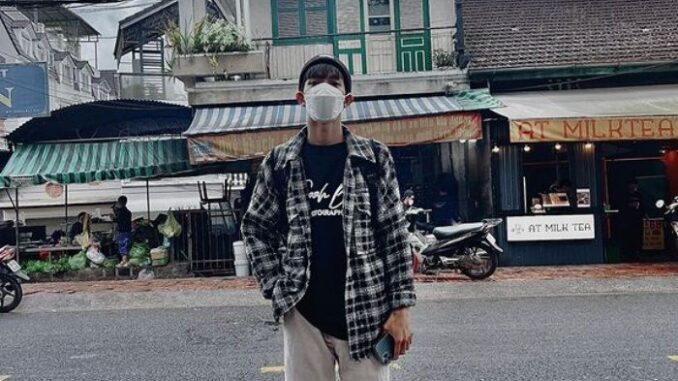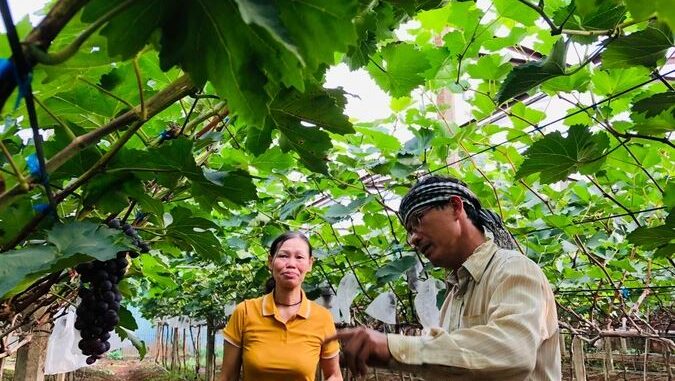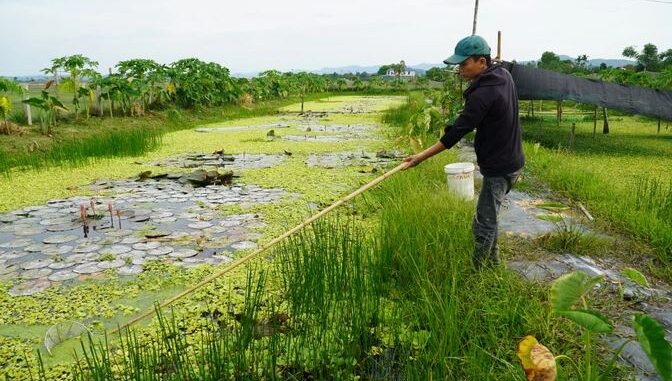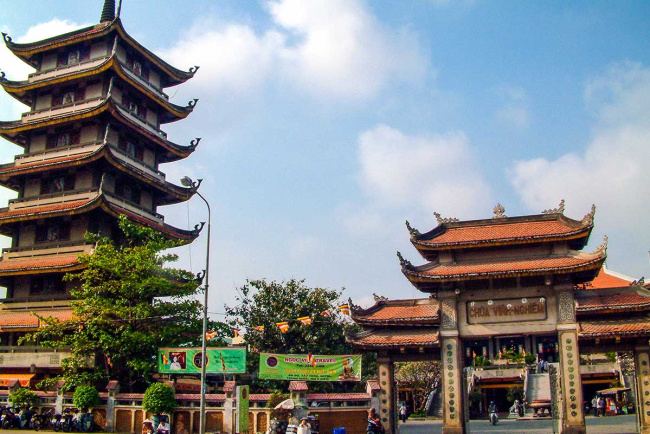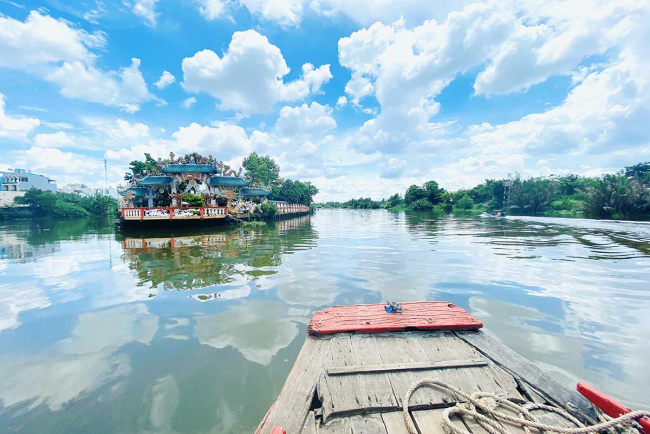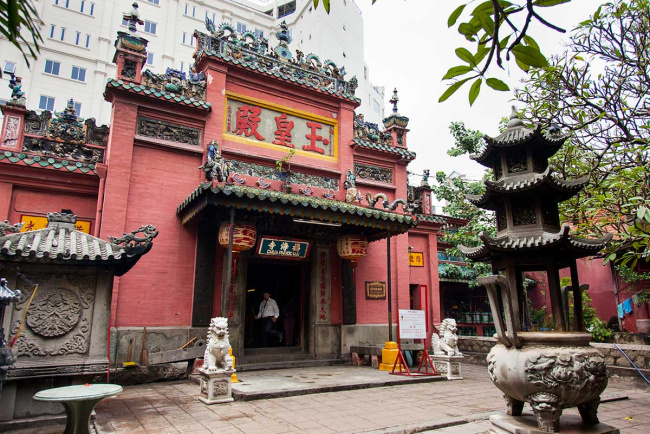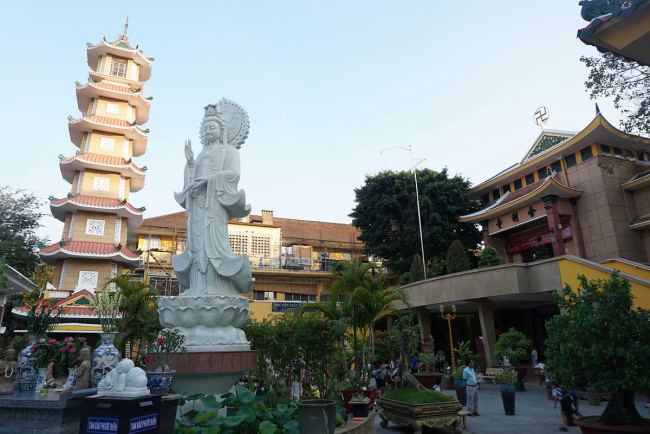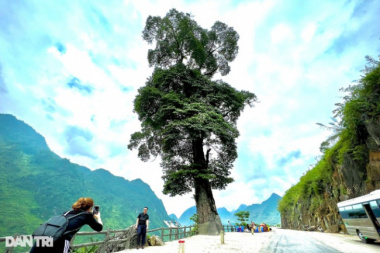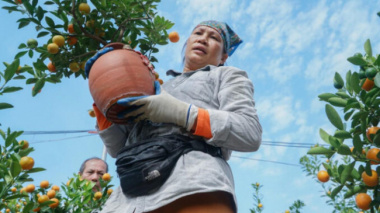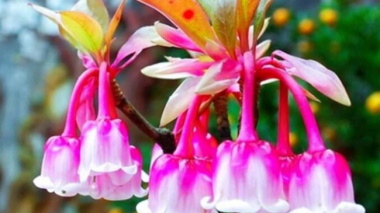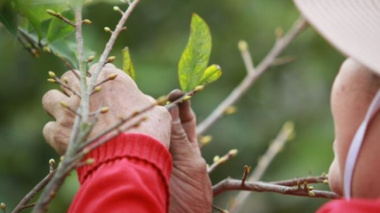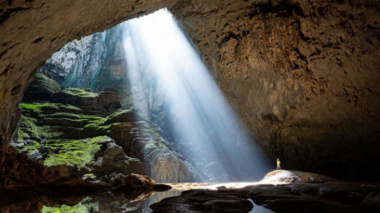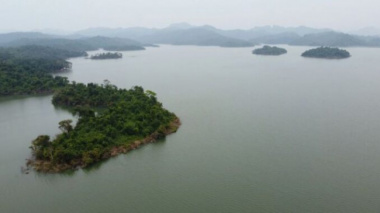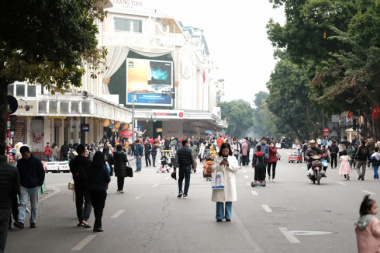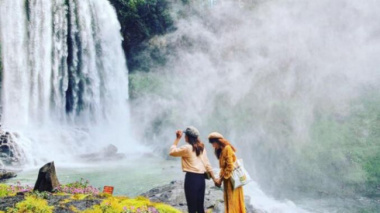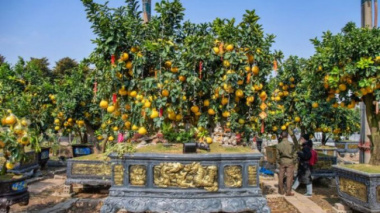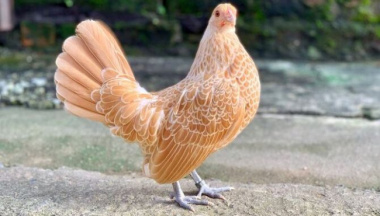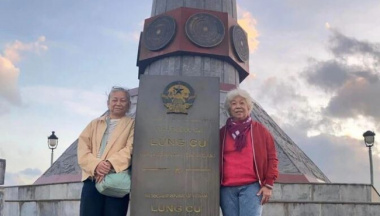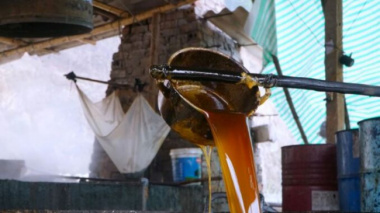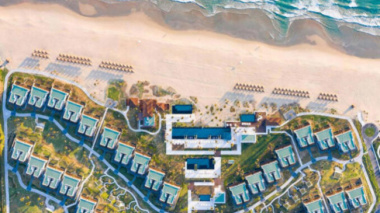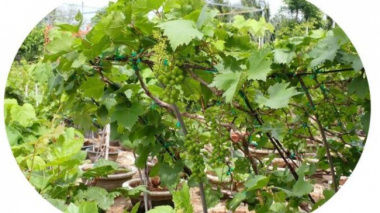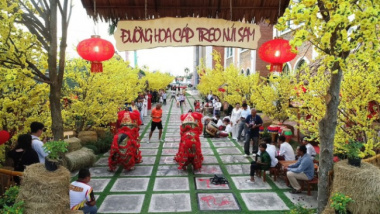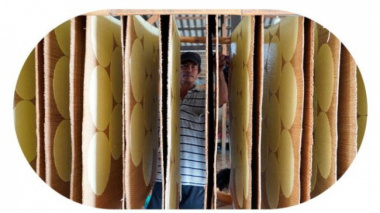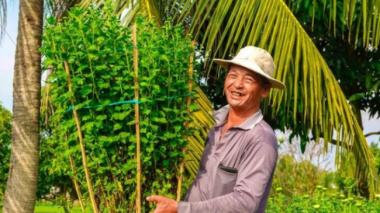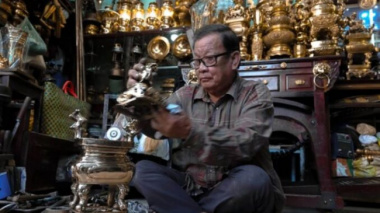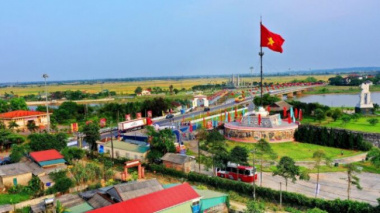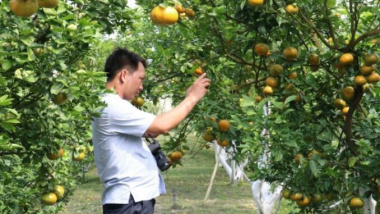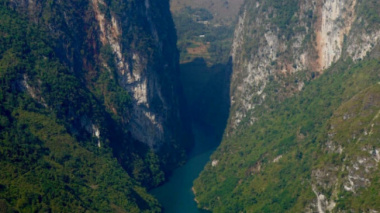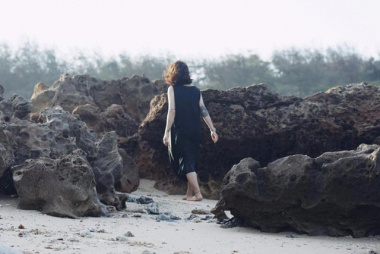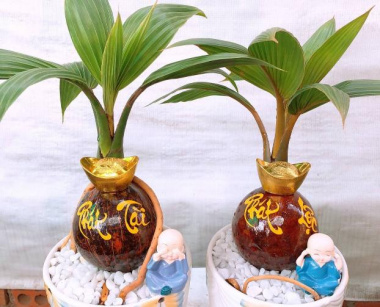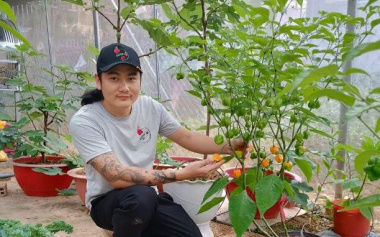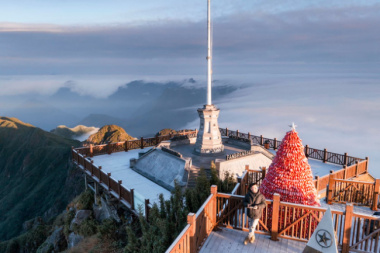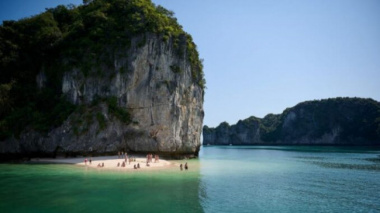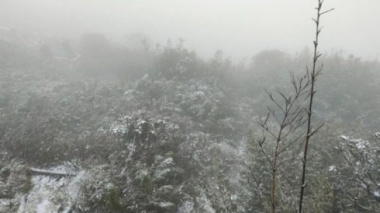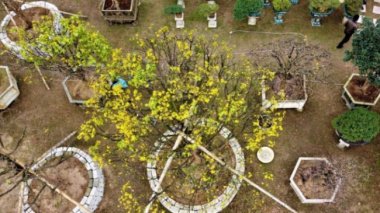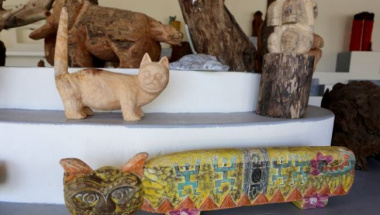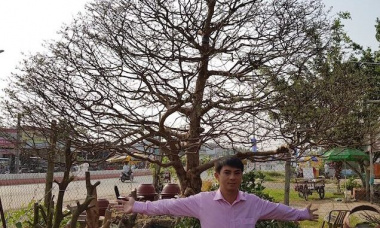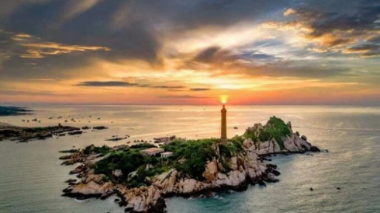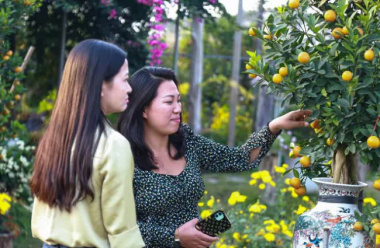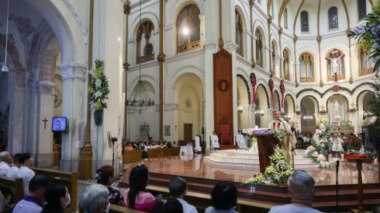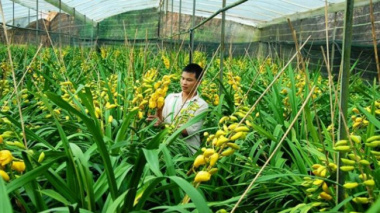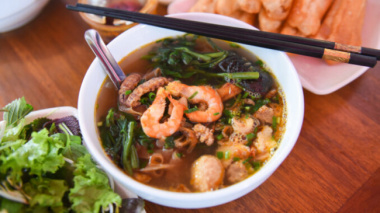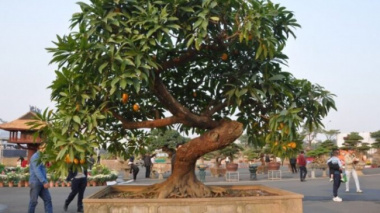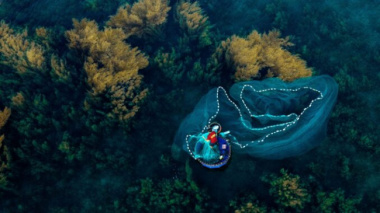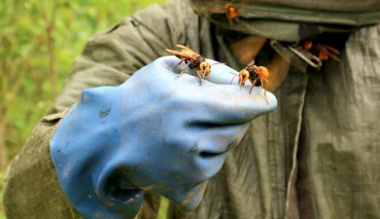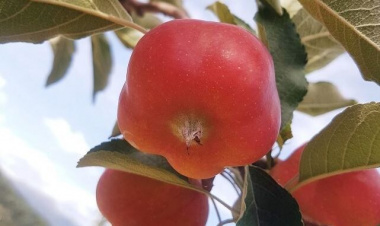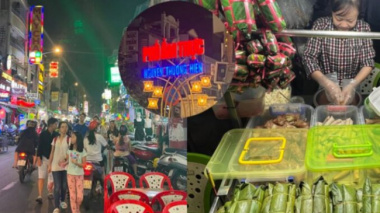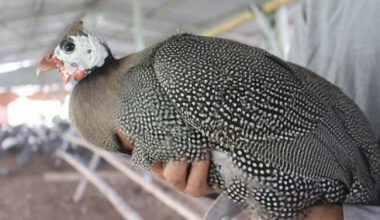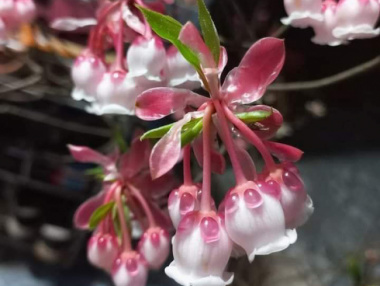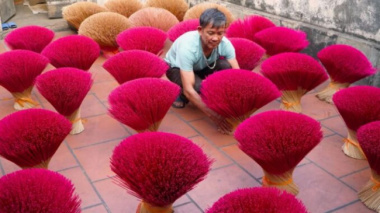Dong Thap Province, Vietnam
- How to Get to Dong Thap
- Capital City
- Famous Places in the Dong Thap Province
- Chau Thanh District
- Sa Dec City
- Thap Muoi District
- Main Attractions
- Tram Chim National Park
- Xeo Quyt Relic Site
- Gao Giong Eco-Tourism Area
- Nguyen Sinh Sac Memorial and Tomb
- Dong Thap Museum
- Special Events
- Activities near Dong Thap Province
- Latest in Dong Thap Province
- Dong Thap Province, Vietnam
- Mekong River – Southern Vietnam
- My Tho River – Southern Vietnam
- Sa Dec, Vietnam
In the northern part of Vietnam’s Mekong Delta Region and meeting the border with Cambodia, Dong Thap (Dông Tháp) Province is an ecotourist’s dream destination where locals cultivate lotus fields and Lai Vung mandarins. Landscapes in this southern province also add to its ecotourism charm with places like the Tram Chim National Park, Gao Giong Ecotourism Park, and the Xeo Quyt Forest.
In addition to its natural beauty, Dong Thap Province is highly valued for its cultural, historic, and religious sites.
How to Get to Dong Thap
As a northern part of the Mekong Delta Region, the landscape in Dong Thap Province is a mix of flat and mountainous terrain. Though there are a few peaks in the far north, most of the topography has relatively small slopes with multiple rivers, channels, and fresh spring water systems.
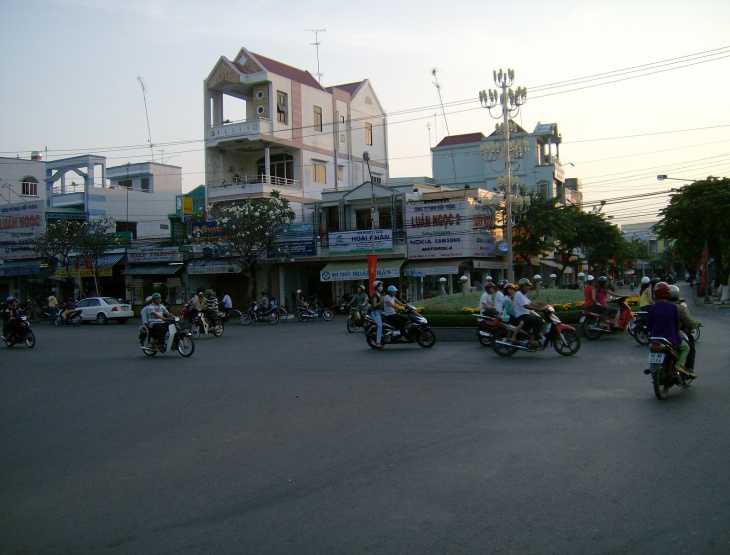
Sa Dec City, Dong Thap Province, Vietnam. Photo: Joseph Hunkins
Altogether, the province is somewhat isolated and remote. The provincial capital, Cao Lanh, is a busy economic and tourist hub, but outside of its urban sprawl, Dong Thap is filled with quiet communities. Although situated far in the north, the province is still near some of South Vietnam’s most popular destinations.
Ho Chi Minh City, formerly known as Saigon, is just over 3 hours away from Cao Lanh by road. Another popular destination, Can Tho, is about 2 hours south of Cao Lanh, while the coastal city of Rach Gia is less than 2 hours to the southwest of Dong Thap Province. With so many connections, it is easy for tourists to add Dong Thap Province to their itinerary as they tour Southern Vietnam.
History
Under Vietnam’s control, Dong Thap Province really began to develop in the 17th and 18th centuries. Ruled by the Nguyen (Nguyên) Lords, the province had to be tamed. Once a wild landscape with dangerous animals, Dong Thap Province was successfully settled with the help of Sa Dec (Sa Déc).
Now a major provincial city, Sa Dec started as a small hamlet that was named after a Khmer word meaning “iron market”. Used as a center for trading, Sa Dec led to the development of Cao Lanh. Acting as a port, Sa Dec allowed the local Vietnamese to travel overseas to trade goods and bring back new products.
With so many people coming and going, various hamlets were set up around Sa Dec, which eventually merged to become one city. As more people came to the area, the attention turned to Cao Lanh.

Viet Cong in Dong Thap Muoi in 1966. Photo: manhhai
Guided by Nguyen Tu (Nguyên Tú), Cao Lanh was first cultivated as a settlement on the Cai Sao Thuong rivulet. This formed a small community that was known as the Ba Canh Commune. Fueled by trade like Sa Dec, the Ba Canh Commune quickly established a permanent population.
Growing from a commune to a city under the guidance of Tien Hien (Tiên Hiên), Ba Canh became what is now Cao Lanh City. In later centuries, Dong Thap Province was heavily affected by French colonization and the Vietnam War. At the time of occupation and war, the province was called Kien Phong (Kiên Phong).
Locals heavily resisted foreign forces and after the end of the Vietnam War, the province became independent. However, rebuilding after the Vietnam War saw much of Southern Vietnam reshaped with boundaries redrawn. Combined with the Sa Dec Province, Kien Phong was re-established as Dong Thap Province.
Fun Facts
- The current estimated population of Dong Thap Province is 1,599,504 people.
- Ethnicities that live in Dong Thap Province are Vietnamese, Khmer, Hoa, and Ngai (Ngái).
- Traditional trade products that come from Dong Thap Province include the Lai Vung mandarin, Cao Lanh mango, Phong Hoa (Phong Hòa) grapefruit, Sa Giang shrimp cracker, and the “dien dien” flower sour soup.
Capital City
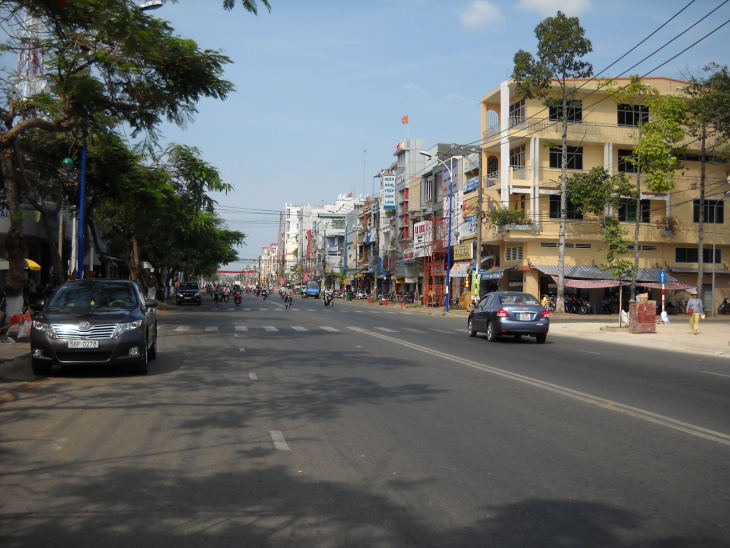
Cao Lanh City, capital of the Dong Thap Province, Vietnam. Photo by: Thanh Vien Dongson.
On the edge of the Plain of Reeds (Thap Muoi) sits Cao Lanh (Cao Lãnh), which is the capital of Dong Thap Province. Popular with ecotourism, the city has become one of the top destinations in the Mekong Delta because of its vast wetland habitats, which are a safe haven for the local flora and fauna.
Boasting a large urban area, Cao Lanh City is a prime destination for travelers from HCMC, which is just 153.6 km (95 mi) away.
Sitting on the bank of the Mekong River, this southern capital is a well-known destination that boasts attractions related to nature, history, culture, and agriculture. Popular attractions include local museums, pagodas, monuments, and relic sites. Just outside of the city, natural areas like the Plain of Reeds and Tram Chim (Tràm Chim) National Park draw in thousands of visitors annually.
As a tourist destination, Cao Lanh is still developing its accommodation options. Travelers will find affordable hotel and hostel options where they can comfortably stay overnight. The B.O.B Hotel, Bong Sen Xanh Hotel, Khach San Dang Khoa Hotel, and the Phuc Hotel are the best boutique options for travelers in Cao Lanh City.
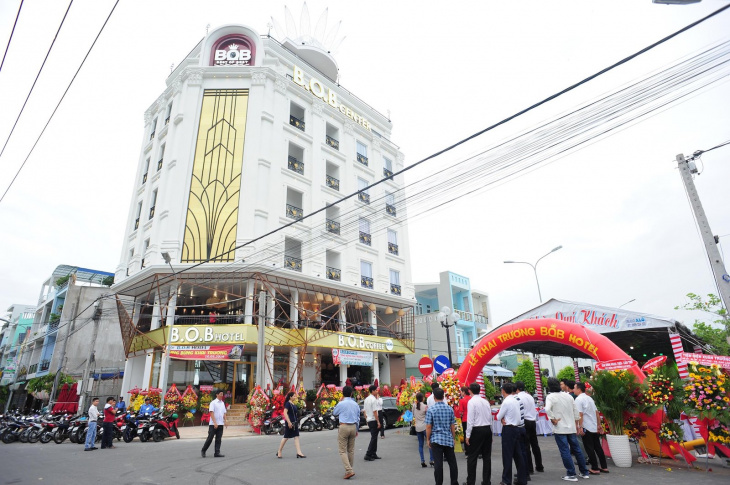
B.O.B. Hotel. Photo: B.O.B. Hotel
With plenty of options for breakfast, lunch, and dinner, tourists will have a hard time deciding where to eat in Cao Lanh. Local favorites are often featured on the menu, however, a few places might offer international dishes. From fresh seafood to locally grown fruit, the best places to eat in Cao Lanh are Banh Mi Hong Ngoc 17, May Coffee and Tea, Lang Viet, and Quan Oc 16 H Plus Restaurant.
Famous Places in the Dong Thap Province
Cao Lanh isn’t the only place for tourists in Dong Thap Province. Throughout the area, there are cities and districts that have become popular attractions because of their unique sites. Showcasing the best of the province, tourists should include Chau Thanh District, Sa Dec City, and Thap Muoi District on their itinerary for Dong Thap Province.
Chau Thanh District
Also producing lotus, although on a very large scale, is the Phuoc Kien Temple in the Chau Thanh District. A part of the Hoa Tan Commune, the temple is renowned for its unique species of lotus that grow pads to enormous sizes. Spanning up to 1 meter (3.2 ft) in diameter, the pads can support up to 50 pounds.
Ponds in the front and back of the Phuoc Kien Temple are where the lotus pads grow and both are open to visitors.
Sa Dec City
Previously the provincial capital, Sa Dec City is a quiet destination that charms with its colonial architecture and riverside location. The oldest parts of the city have become must-see attractions because of their architectural beauty, but travelers should also head to the outskirts of Sa Dec to view the beautiful flower fields.
The most popular attractions in Sa Dec are the Lover’s House and Flower Village Park.
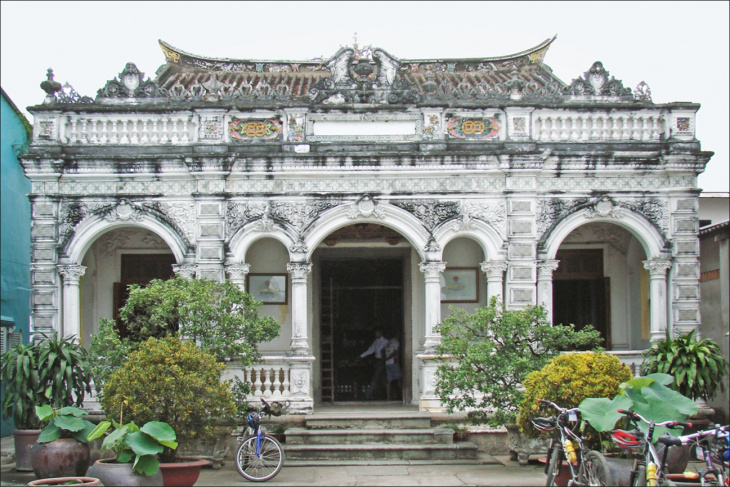
Lover’s House in Sa Dec City. Photo: Jean-Pierre Dalbéra
Thap Muoi District
Another place in Dong Thap that is connected with nature is the Thap Muoi District. A rural area, the district is famous for the My Hoa Commune where tourists can visit the Thap Muoi Lotus Field. Blooming bright pink flowers, the vast field is a stunning destination and ecological area. Tourists can learn more about the lotus flowers by booking a tour with a local guide.
Main Attractions
Adding to the list of “must-see destinations”, there are plenty of attractions in Dong Thap Province to amaze and entertain guests. Varying in theme from natural areas to historic sites, memorials, and educational centers, tourists will want to visit these places to get to know more about this southern province.
Dong Thap’s best and most popular attractions are Tram Chim National Park, the Xeo Quyt Relic Site, Gao Giong Eco-Tourism Area, Nguyen Sinh Sac Memorial and Tomb, and the Dong Thap Museum.
Tram Chim National Park
A part of the Plain of Reeds, Tram Chim National Park is a haven for wetland bird species that travel to the area every year to nest and lay their eggs. One of the most vulnerable species that inhabit the park is the Sarus crane, which is only found in India, Southeast Asia, and Australia.
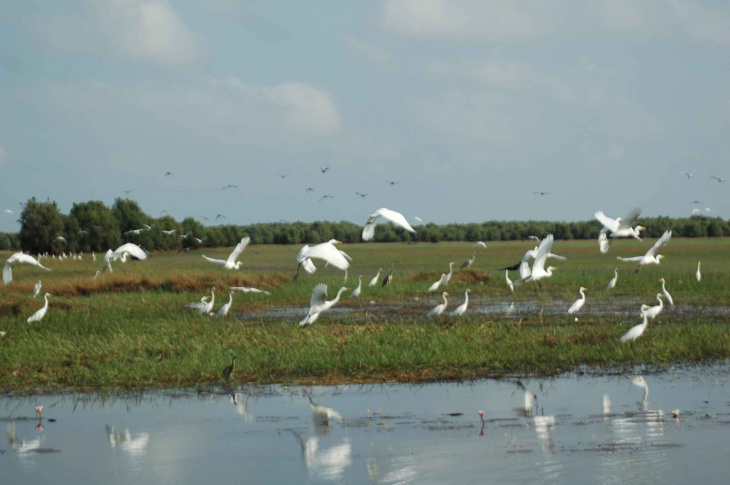
Endangered Sarus cranes in Tram Chim National Park. Photo:
For half the year, the park is a true wetland habitat with about 50% of the land covered in water. Boat tours are the best way to see the park and visitors will have to brave the rainy weather if they want to see the birds, which can be seen in the park from September to December.
Xeo Quyt Relic Site
Historically, the Xeo Quyt Relic Site was once a base for US forces. Now, the area has been converted into a wildlife conservation area where more than 170 plants and 200 animal species thrive. Many travelers head to the Xeo Quyt Relic Site to not only see the animals but also to view the historical artifacts and areas leftover from the war.
Preserved in the area are bunkers, offices, huts, and minefields from the Vietnam War. For visitors who want to see the plants and wildlife, boat tours of the canals are the best way to get up close to the natural habitats of Xeo Quyt.
Gao Giong Eco-Tourism Area
Another place that has been preserved to protect the plants and wildlife is the Gao Giong Eco-Tourism Area. Located in the Gao Giong Commune, this tourist site boasts an impressive habitat of Melaleuca forest. Herons and storks are common bird species that live in the area and nest in the watery canals.

Boat tour of the Gao Giong Eco-Tourism Area. Photo: Khánh Hmoong
An 18 m (60 ft) tall observation tower takes guests above the treeline to get an exceptional view of the landscape.
Nguyen Sinh Sac Memorial and Tomb
The Nguyen Sinh Sac Memorial and Tomb has become a famous tourist destination in Dong Thap because of its national significance and architecture. Nguyen Sinh Sac (1862-1929) was the father of Ho Chi Minh and in 1975, he was memorialized with an ornate tomb.
Designed with a clamshell roof that represents the lotus flower, the tomb and complex is interesting attraction where tourists can learn more about Vietnam’s history. On the grounds of the tomb are a small temple and more information can be found in the local museum.
Dong Thap Museum
For more information about the province and the Mekong Delta Region, travelers shouldn’t miss out on visiting Dong Thap Museum. Located in Cao Lanh City, this educational center houses multiple exhibits of anthropological and wartime history. The second floor is mostly dedicated to information on the Vietnam War and past president, Ho Chi Minh.
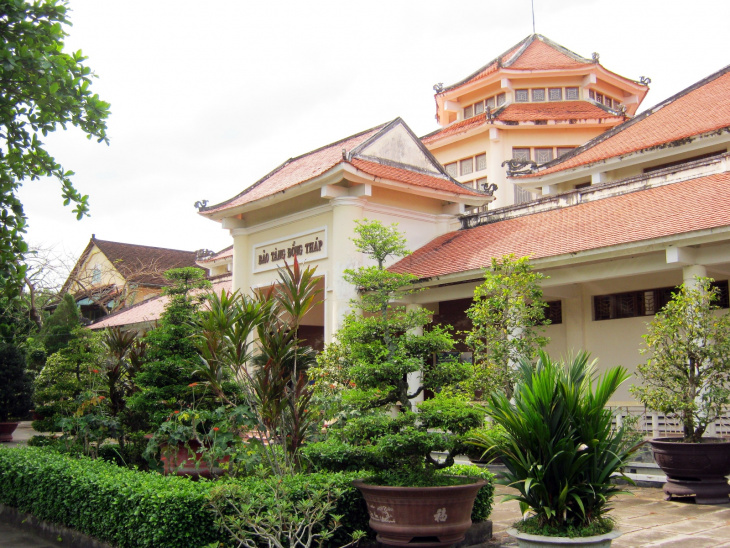
Dong Thap Museum in Cao Lanh City. Photo:
Special Events
Featuring a mix of old and new, the two most popular festivals in Dong Thap Province are the Go Thap and Lotus Festival. Hosted for years, the Go Thap Festival is a well-established celebration that is held during the 3rd and 11th lunar months. Honoring national heroes like the Lady of the Kingdom, Thien Ho Duong, and Doc Binh Kieu, the festival has many ceremonies and supplemental celebrations.
An extremely popular festival, thousands of visitors gather in Thap Muoi District to celebrate. In contrast to Go Thap, the Lotus Festival is one of the newest celebrations that has been created to draw in tourists and honor the local culture. Organized in 2017, the festival is held at Van Mieu Park in Cao Lanh City for 3 days.
During the festival, visitors are encouraged to participate in tea tasting, ceremonies, calligraphy, fashion, and vendor events. Typically, the festival is held in September, which is when the lotus flowers are at the end of the bloom cycle and ready to be harvested.
Weather
With a wet and dry season, tourists will have to plan their trip based on the weather and what activities they want to do. Mild throughout the year, the dry season is the most popular time for tourism in Dong Thap. The driest time starts in October and can last until April. However, the summer and fall months are the best time for travelers who want to see the rare bird species.
With more water, the wetland’s water level rises, which is the perfect environment for the migratory birds to nest and raise their young. In addition to high levels of water, the wet season is extremely hot and humid.
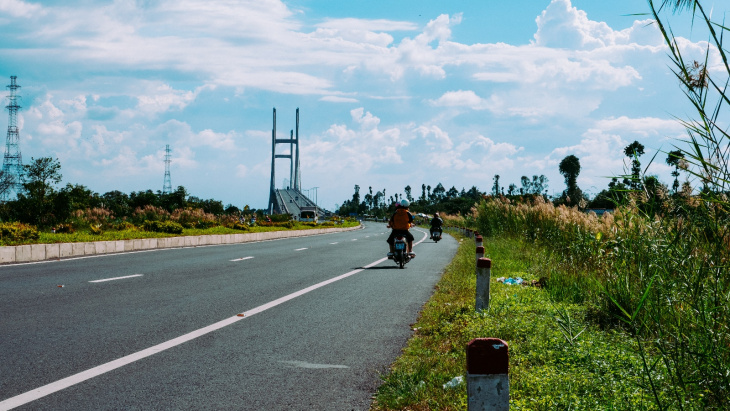
Crossing the Cao Lanh Bridge in the Dong Thap Province, Vietnam. Photo by: Quốc Trung Antoine.
Ready to emerge as one of the best destinations in the Mekong Delta Region, Dong Thap Province is a haven of protected wildlife areas, unique landscapes, historic relics, and cultural communities. With a blend of rural and urban destinations, travelers can choose to stick with the tourist crowds or break out on their own to view some of the lesser-known attractions.
There’s a little something for everyone, which is what makes the Dong Thap Province such a dynamic destination.
Activities near Dong Thap Province
National Parks:
Towns:
Rivers:
Latest in Dong Thap Province

Dong Thap Province, Vietnam
In the northern part of Vietnam’s Mekong Delta Region and meeting the border with Cambodia, Dong…

Mekong River – Southern Vietnam
The formidable Mekong River provides a livelihood for at least 60 million people. Spanning a whopping…
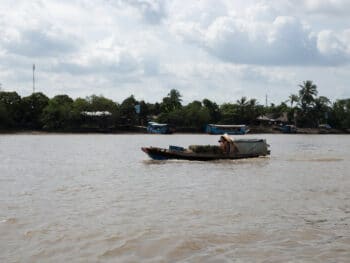
My Tho River – Southern Vietnam
The My Tho River is 45.3 km (28.1 mi) long and flows through southern Vietnam’s Ben…
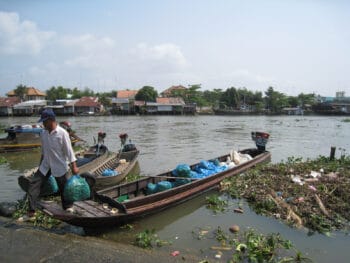
Sa Dec, Vietnam
Once the capital of the Dong Thap Province, Sa Dec is a quiet city in South…
View more Dong Thap Province articles
Đăng bởi: Thơm Trần


